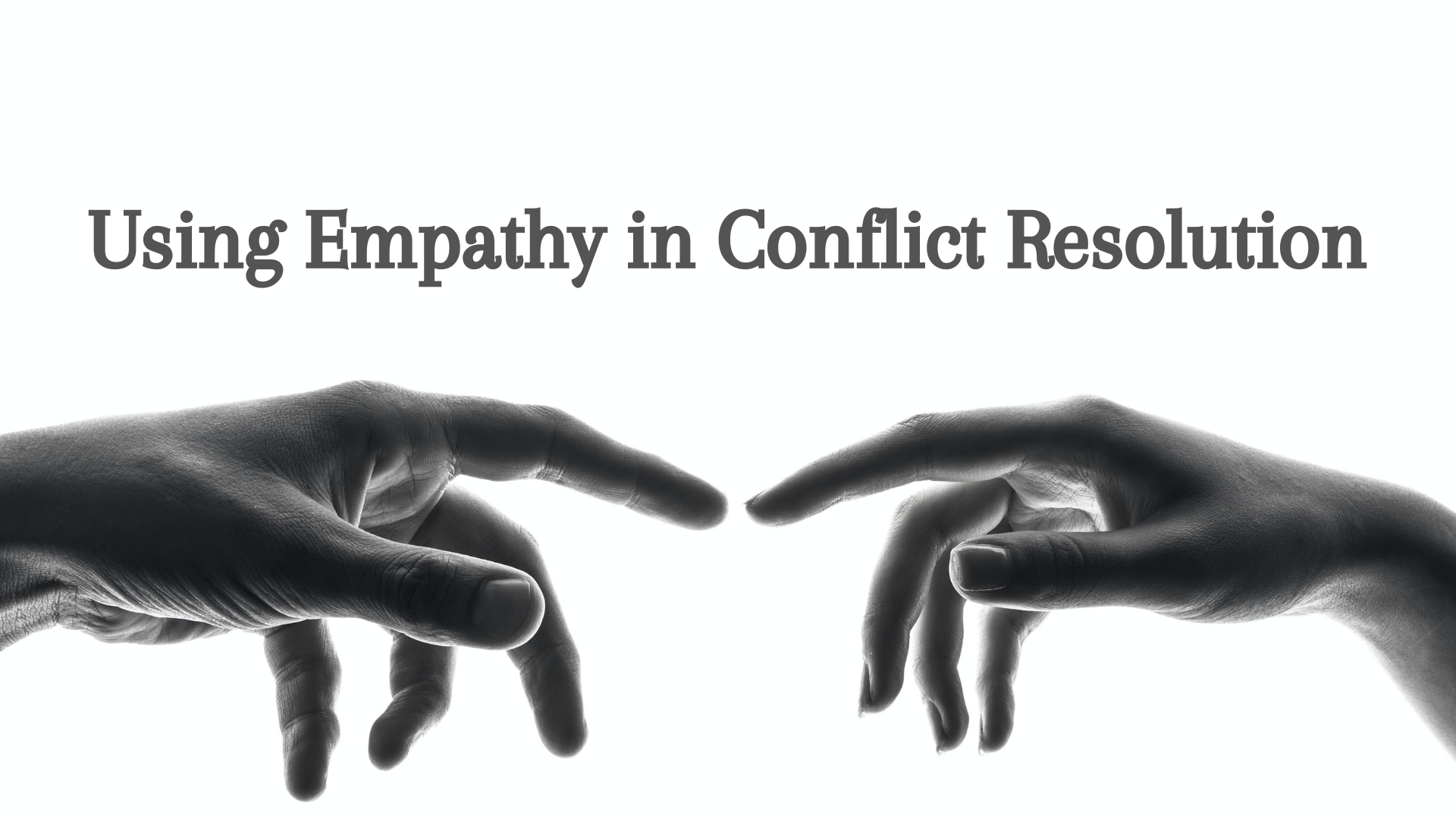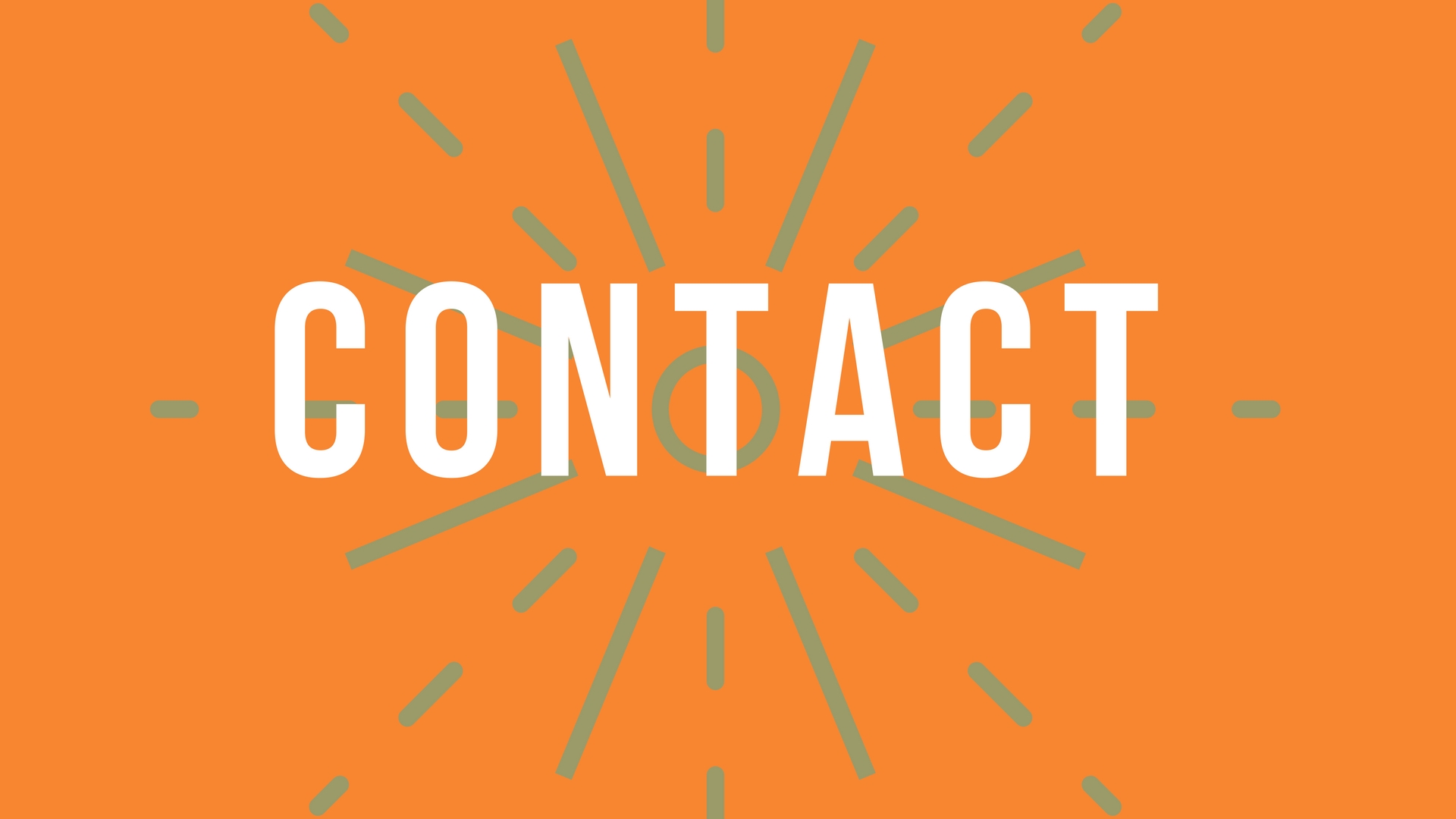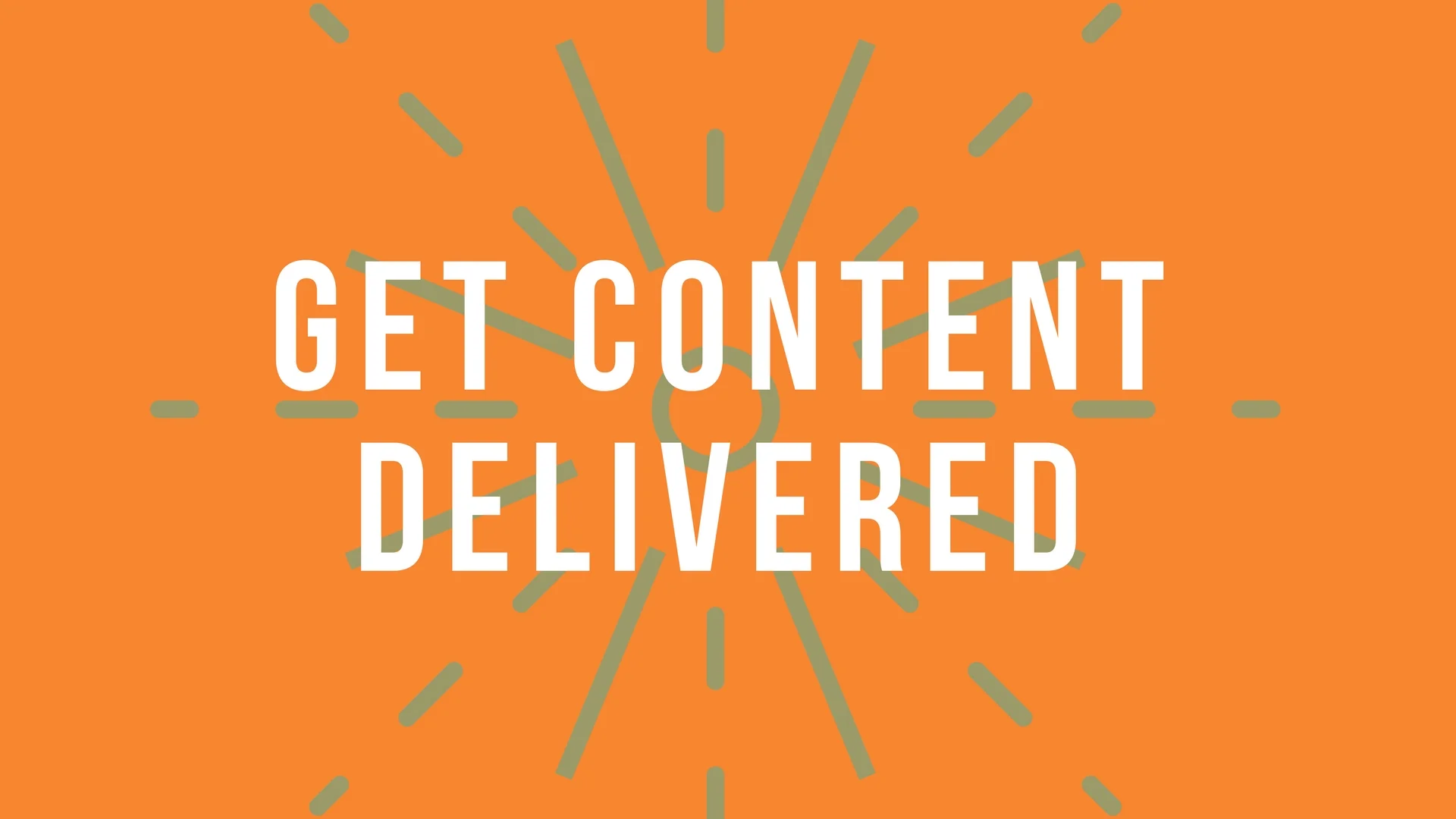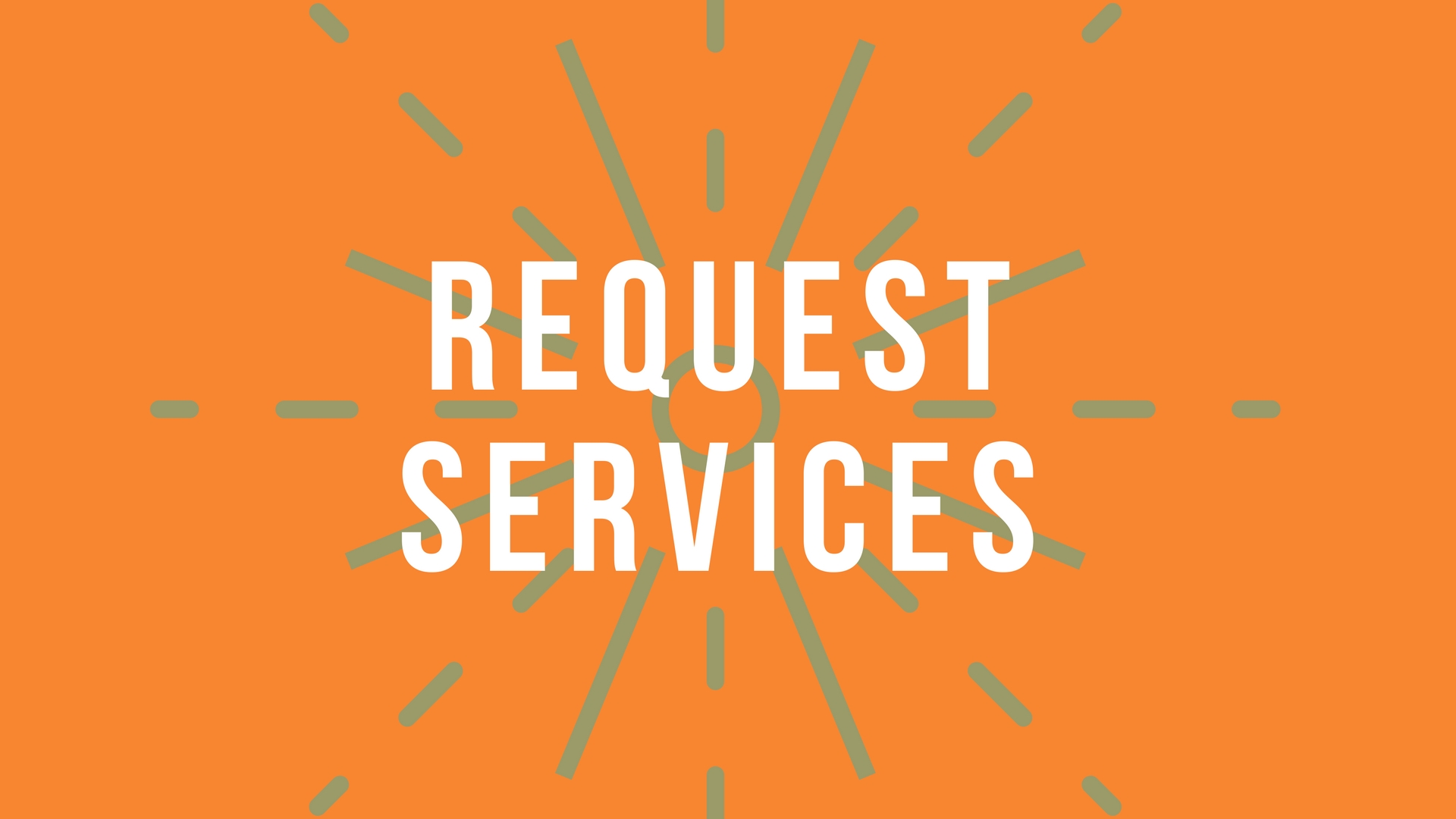The Single Decision
/How to make changes with teleological vision.
Introduction
About two years ago, I wrote a piece that made the rounds — “A Technique for Deciding How to Say No.” This concept, while not explicitly stated, utilized the notion of teleology to create a constraint for what you should give your time to.
The insights of the article can certainly be useful in today’s conversation, but the teleological emphasis was how a vision assists in forming the notion of what you should not do (which therefore helps delineate what you should do). Two years later, I’d like to frame a process using teleology again.
This time, however, let’s explore how to use the same concept to explicitly create a destination for catalyzing changes you want to make in your life and in the world.
Part One — Teleology
First, this slathering word must be described.
Teleology comes from the Greek word “telos” which just means end or goal. Primarily a feature of moral philosophy and ethics, teleology is the concept of viewing the world and making decisions about the world by how one believes the world ought to be summed up or completed. Philosophers who take on a teleological framework view the world through the lens of how things ought to be; there is a vision of potential that informs the present. Notably, those with a theological perspective often employ the concept of teleology. However, even philosophers such as Plato and his theory of forms shows the variety that can exist within teleological perspectives.
Ethicists are the most likely to use the concept. In fact, teleology is one the primary staples of ethical consideration and moral decision making (in comparison to, say, deontology; which is making moral principles from the rightness or wrongness of an act that results in rules or laws). The moral philosophy here functions to use an end goal or vision to implicate a decision you will make in the present (sometimes referred to as virtue).
How does this relate to change?
The philosophical and ethical discussion is worth the price of admission. There is much debate on the validity of teleology and when, how, and even if it should be used. But the connotation with change is that a particular vision for how the world ought to be creates a belief that leads to the ethical and practical manifestation of that vision. You attempt to live based on how you understand things are supposed to work.
If change is going to happen, we ought to consider what that change should look like.
For me, I tend to take a teleological approach to ethics. Doing so makes a person a bit of an idealist. It also presumes a particular metaphysical perspective. Both of these positions are debatable. In contrast, however, I tend to issue certain credence to moral particularism — that ethical decisions will ultimately be dependent on one’s context; general rules might be helpful, but they will always give way to a specific manifestation depending on the situation. While none of this is necessary for connecting teleology with change, the disposition makes the transposition easier.
Because one of the most important components to change — and, really, the first tangible step to change — is knowing what you intend to change into. Before you can start a healthy change in your life or in the world, you need to consider what a healthy change even is. You need to know what growth ought to be nurtured and what components of existence ought to be different.
You need to have a destination.
Despite one’s general perspective on teleology as a philosophical and ethical reality, it is worth noting that most people have some sort of moral authority that dictates what they do. Whether it is the classical notion of virtue (which was often the result of a teleological metaphysic); or a specific understanding of the world based on rationalism and reason; or scientific observations — whether in physical science, biological science, psychological science, et cetera — and how the perceived, empirical data ought to be practiced in daily life; or particular ideological goals shaped by a collective tradition; or some source of moral authority that offers an ethical framework (which is most prevalent in religious traditions or nation-state law systems. These also tend to lead to a deontological manifestation of the teleological, but that specific designation is not always true) — most people are utilizing a particular understanding of the world to determine who they hope to be and what they hope to do.
Common articulations can be found throughout the sociological landscape — from eudaimonia or ataraxia (both stemming from Hellenistic philosophy) to the various religious emphases of ibadah, enlightenment, shalom, the kingdom of God or even the secularist humanist moral systems that have arisen in the past couple centuries — but there does seem to be a general agreement of a goal of human flourishing. I don’t intend to argue for one or the other. I do hope to reveal that teleology plays a role.
If we are going to change, paying attention to and intentionally pronouncing that destination becomes essential.
What are the purposive ideals that we hope to enact in our human journey?
What ought this look like?
What is the operating system that determines how you ought to live?
If you don’t consider what drives your identity, the world will give you one — which is often to parlay someone else’s agenda. When it comes to your ethical determination, it will either come through intentional consideration or unintentional absorption.
Part Two — Notes on Naming the Decision
That is all beside the point, however. Do what you will with that information. The real point is that, in order to travel well, it is best to know where you are traveling. This then reveals our primary question:
How do we get there?
This will lead to the conversation on how change actually works — the practical, tangible steps of traveling to the destination.
However, the inference is that the destination precedes the traveling (at least, in this metaphor).
In the scope of change, I call this the “Single Decision” — you use whatever form of teleological approach that suits your fancy and name your destination on the map of life that will conclude your unfolding trajectory. Before you begin moving, you set the coordinates and you do so in a way that such a decisive rendering of your intention will guide you through the difficult, daunting process to come.
There are two important notes here.
First, I do think moral particularism should be given some credence in the practical conversation on change.
Moral particularism is concerned with ethics being particular; in other words, there are no general laws that can be applied to every situation. This can be philosophically argued. You may be a deontologist or a generalist and that’s fine. May that conversation continue.
However, for our purposes within the conversation on change, making a single decision about a destination you believe you ought to pursue needs to be caveated by the notion that your destination will be incomplete. It would be wonderful if there was something like Plato’s theory of forms of Aristotle’s one way to live. They had this idea that, since change wasn’t possible, there was an ideal that we just had to figure out; like a puzzle to solve. The answers were out there and we just had to find them.
However, if change is possible (which I’ve argued elsewhere), that means that not only are you and society constantly different, our perception and understanding is constantly changing, too. Within our human finitude, having a singular answer to the teleological question appears to be a grasping for the impossible.
Again, while this denotes a seeming agreement with moral particularism, the important reality here is that your destination is not an end-all, be-all. It’s a starting point; a guide.
Secondly, then, there is a chance your destination will evolve. As I mentioned, something akin to universal flourishing informs my teleological bend (which, to be transparent, is shaped by Judaism, Christianity, and Stoicism — the idea of a good, whole, beautiful, world of shalom). However, that is not always very tangible and figuring out what that teleological vision looks like in a specific context requires one to pay attention. It is also very general. What I’ve found is that I grow, evolve, and morph so does my understanding of what that destination looks like. I can say I want to be healthy, but figuring out what that health looks like in the confines of my life is an endless process of discovery that must be diligently treaded in every moment.
Despite these nuances, it is still important to name something as coherently as possible. Everyone, whether admitted or not, is making decisions according to something. If you are not conscious about what informs yours, you leave yourself open to unconsciously confirming with your life a teleology you did not decide.
Part Three — Affirmation
Once we have a destination — once we have made the single decision — how do we begin changing according to it? How do we use that teleological vision to guide us toward a flourishing life and a good world?
My first suggestion would be through the use of affirmation.
Sometimes the conversation on affirmations gets a little too self-helpy and new-agey for me. Yet, the psychological premise of the act is valid. You speak into possibility who you intend to be, the kind of life you intend to live, and the destination of your existence as a form of goal-setting. This is a way of placing a mark on the map where you intend to go. The difference between affirmation and goal-setting, however, is that you view the future reality as a present motive, not a future hope. Technically, this simply means using present tense verbs instead of future tense verbs.
The reason this is important — outside of the spiritualized empowerment and positive energy the self-help world purports — is because you create an expectation that becomes a filter for how you are now supposed to navigate reality in the present.
For example, an alcoholic pursuing sobriety would not say, “I want to, one day, not drink.” This may still work, but the psychological rewiring that happens when a current alcoholic says, “I don’t drink,” has proven to be more effective. This is because a single decision was made through a teleological goal that causes a shift in the present, not the future.
Affirmations work to affirm who you are now based on who you intend to be. Staying on your route is easier because of that expectation and standard you have placed on yourself. In some ways, the lens and filter inform your daily decisions according to your intentions and pulls you towards the future (instead of you striving for that future).
Whatever the case, when you affirm something as if it is already true, it becomes the directive and, by setting the trajectory in this way, traveling is easier.
Further, this decreases the chances of changing in ways that negate your teleological destination. If your single decision is the framework you expect to live by, these coordinates give constraints to guide you where you might not naturally be inclined to go. We have to take ourselves out of the equation in a way and defy our natural drift. Having an affirmed, named destination that we remind ourselves of often keeps us from reverting to undesired states.
I do this often. Since 2016 I have maintained the three affirmations which I intend based on three different categories of my life based on how I perceive universal flourishing ought to look like in the location of my life. I won’t presume causation here, but I can speak to measurable changes that have resulted according to these three categories over the past five years.
And, yes, I said years. This is not a life-hack for immediate results. This is a process and the process is a long game.
Part Four — A Technique for Deciding How to Say Yes
Again, I’ve covered similar terrain before. I do not intend to recap everything written in that previous article. For one thing, the intention was different — it is about how to say no. However, there is a common practice that will make sense in that conversation but is even more applicable here.
Consider this, then, a technique for deciding how to say yes.
Goals, plans, and action.
This is a practice that can be quite literally done and is one that I recommend to people often. I will try to describe it as best as possible (this is usually done by literally drawing this out with people in an interpersonal context). You’ll also notice that, in doing this, your yes will lead to implied no’s. In fact, by making a single decision — by having a goal, a trajectory, and a destination — you are automatically ruling out the infinite number of decisions available to choose from. The technique works both ways, I suppose.
You start with a goal.
Usually, you are going to end up having several goals. As I stated, I have three. You may have less or more and that’s fine. There is a particular limitation to your human life, so be careful not to extend the number of your goals too far. You can’t do everything in your finite constraints.
This will go at the top of your chart.
How do you determine your goal? You have been paying attention, right? Some questions to consider:
Who do you want to be?
What is the meaning of life (or, for the nihilists, what gives you pragmatic meaning in life)?
Why do you get out of bed in the morning?
At your funeral, what do you want said about you?
These are not restrictive categories; they are just ways to inspire the teleological notions that we don’t often consider in the mundane predictability of daily life. Will your answers be rife with epistemological assumptions? Of course! Are you supposed to simultaneously answer the metaphysical and ontological truths of the universe? Not at all! Those conversations are great and, the more you dive into the philosophical the more refined your answer may be, but the goal here is to create healthy change. Don’t get too caught up with being right.
One suggested process I will offer to people is to name something they want to do or be and then ask why — and keeping asking why — until a broad, teleological picture is created.
I want to be a good writer. Why? Because I want to learn things and then share them with other people. Why? Because I want to help people, including myself, understand the world so we can best live in it. Why? Because our world is rife with problems, difficulty, and suffering and I want to contribute.
Now, I would be on the verge of a goal.
Once you have a goal (or several), you then begin delineating various plans.
Plans are simply the processes that will help you arrive at your destination; they are your methodology to traveling that helps you stay on your route.
To be an impactful writer and leader in my community and for our culture, what do I need to do? Consistently learn, consistently write, consistently engage with people to understand how they perceive the world, et cetera. Plans are still meant to be a bit broad but should be specific enough that you have tangible guides to follow and be held accountable to while still being constrained by your single decision. These should be more numerous than your goals, but certainly not too expansive that they are infringing on the infinite.
You need something that gives natural constraints that you can also justify because of your goals with how you are going to spend your limited time, energy, and resources. Your plans are how you will embody your goals as the journey endures.
Then, you create your actions.
These have a couple of important characteristics: First, they should change frequently, and, second, they should be concrete, tangible, daily actions. This is what separates them from the second tier. You come up with these by looking at your goals and plans and then creating steps for how you will accomplish those things right now. As time goes on and situations change, you adapt your actions for your circumstances. These are like the small turns you make on your map; these are the sounds emanating from your GPS based on your specific location on the journey toward your destination. In some ways, this is like a to-do list, but it is one that is constrained by your plans and, therefore, by your goals.
But now we’ve gone too far. We’ve begun getting into the practical stages of change and the process of pursuing a change in the immediate. However, I hope the case has been made that pursuing practical change will be best done by starting with the single decision and the constraints of a teleological destination.
If nothing else, at least consider that what you put your attention on will grow.
If you want to change, put your attention on the teleological destination.
Put your attention on the single decision.
But also remember, this is just the start. There are many more steps required if such change is going to become reality.
And, to end, keep this in mind and as go about your journey:
Realistic goals will make you feel like you did something impactful. Unrealistic goals will ensure that you actually do.
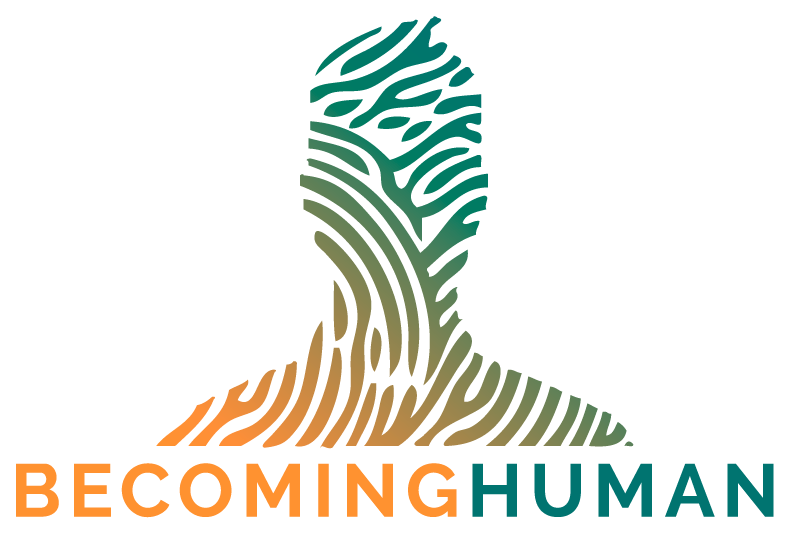












![Three Reasons We're Lonely - [And Three Responses For Being Less So]](https://images.squarespace-cdn.com/content/v1/5963d280893fc02db1b9a659/1651234022075-7WEKZ2LGDVCR7IM74KE2/Loneliness+3+update+%283%29.png)




















